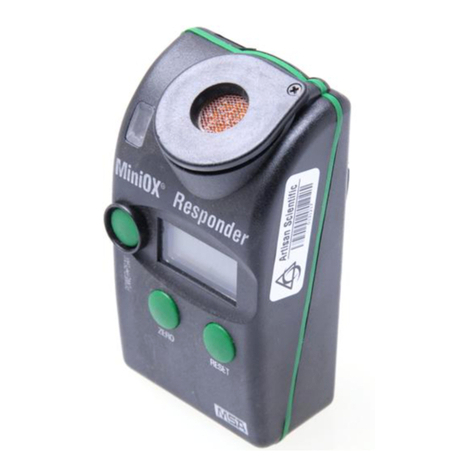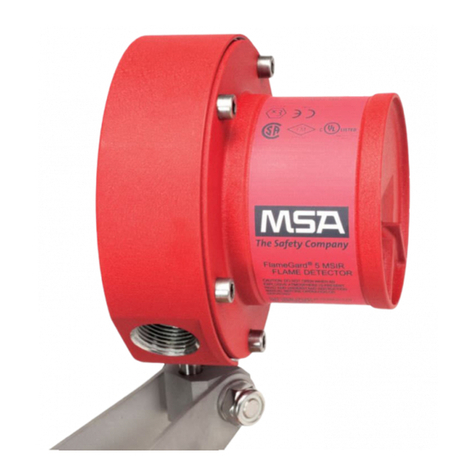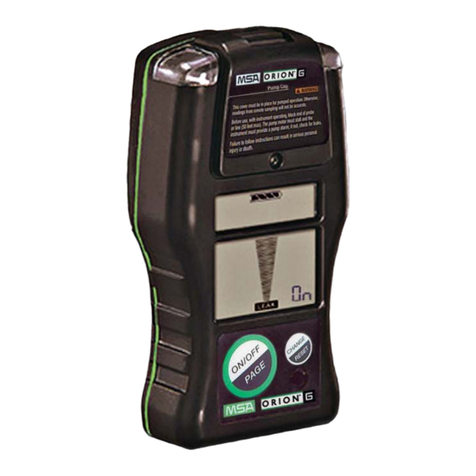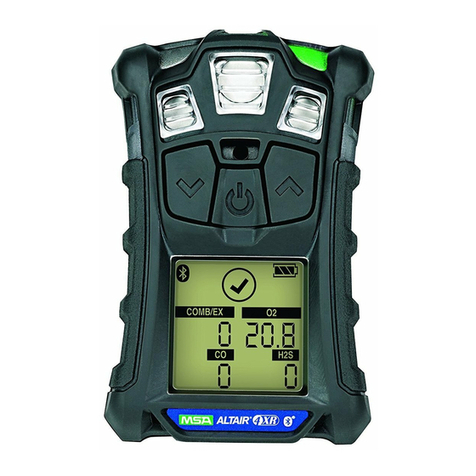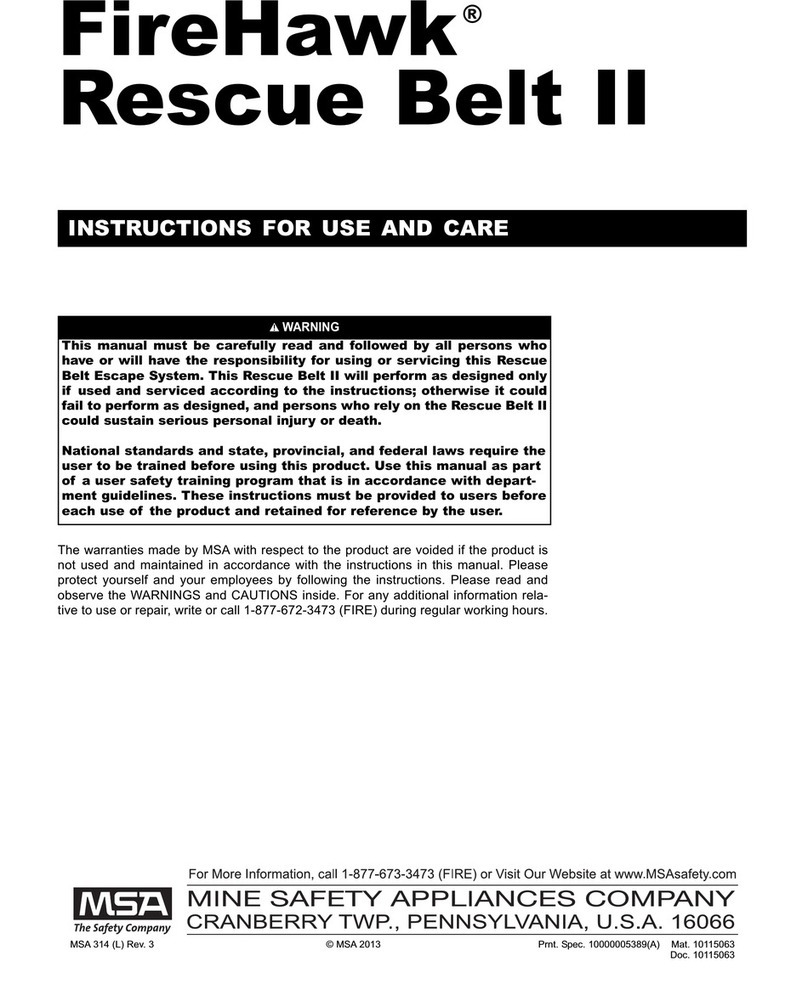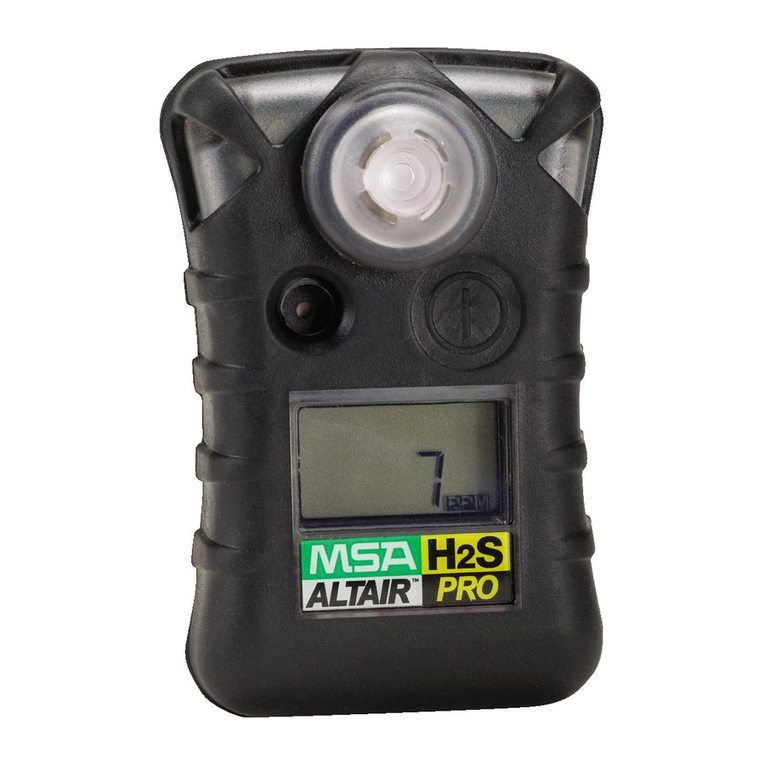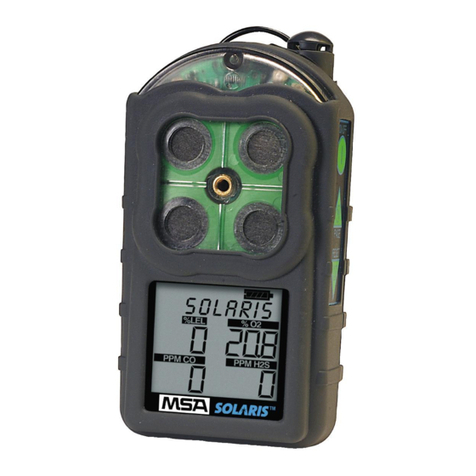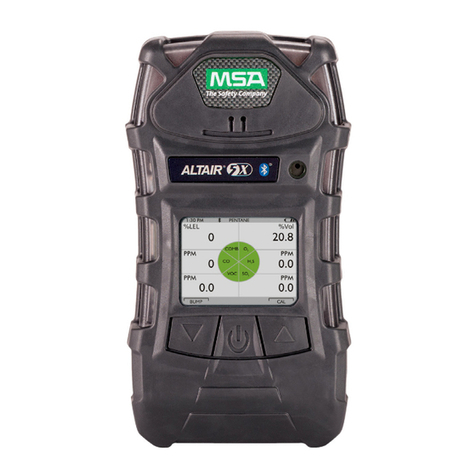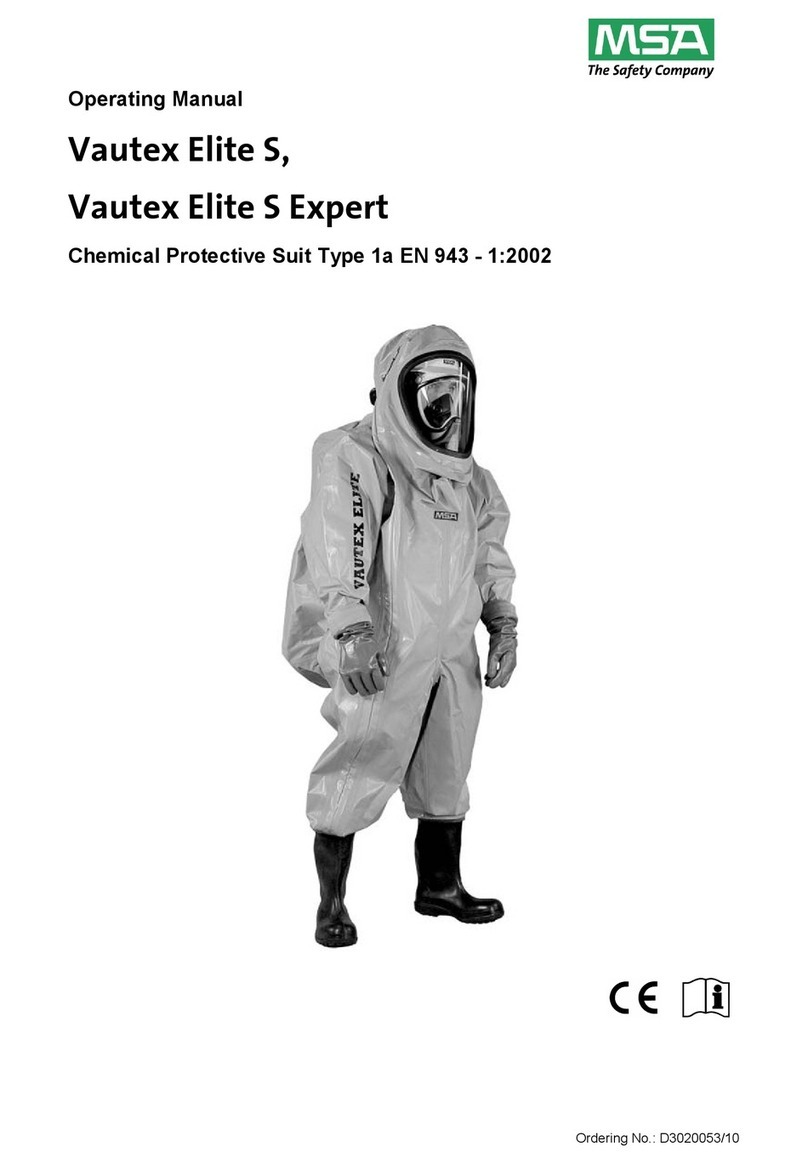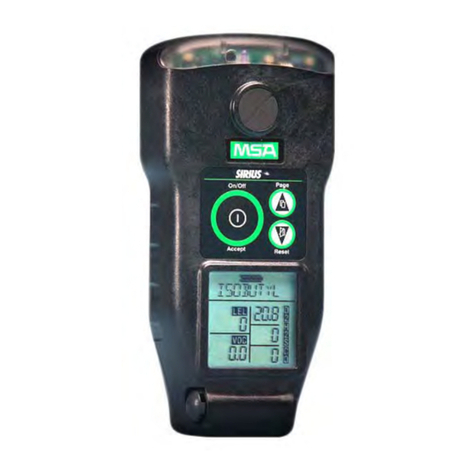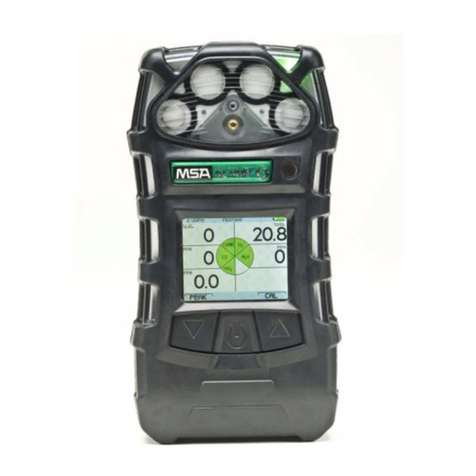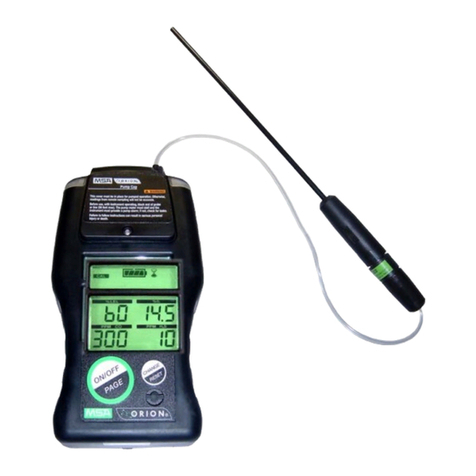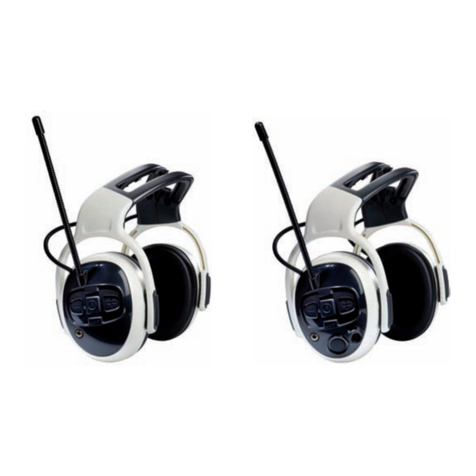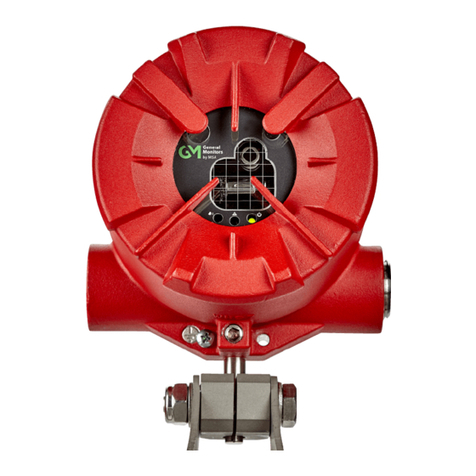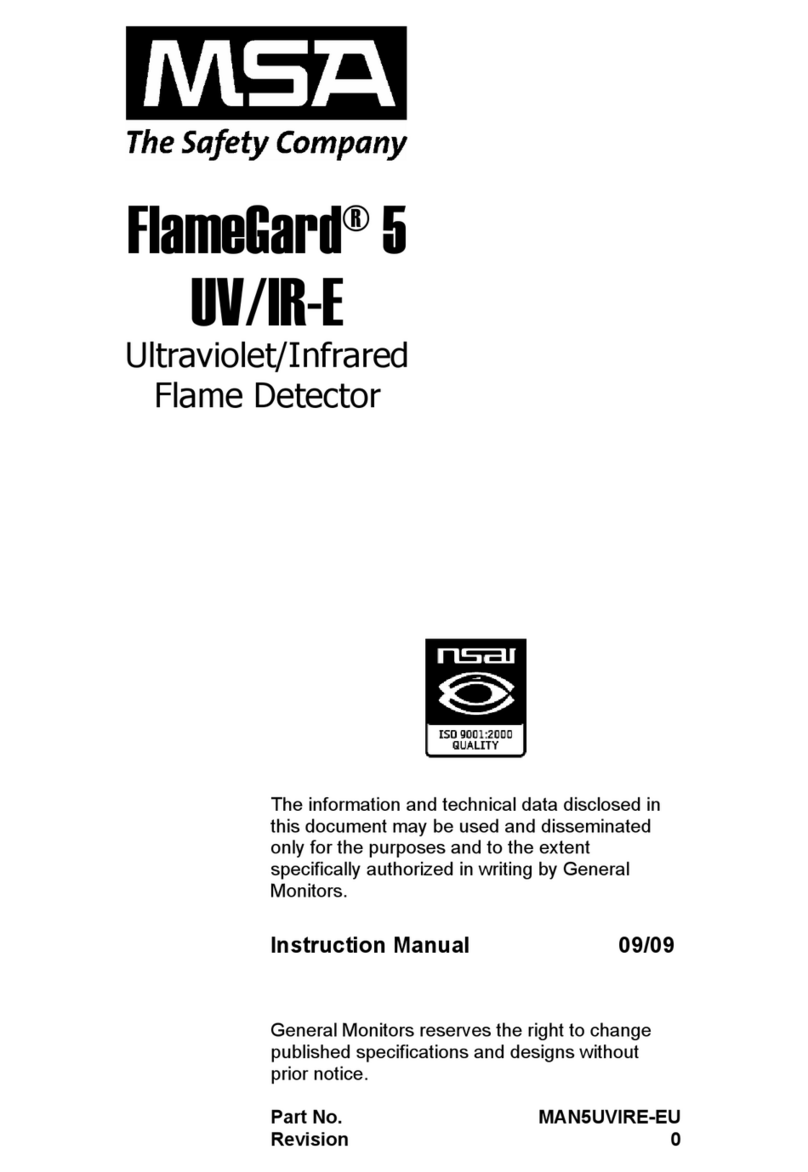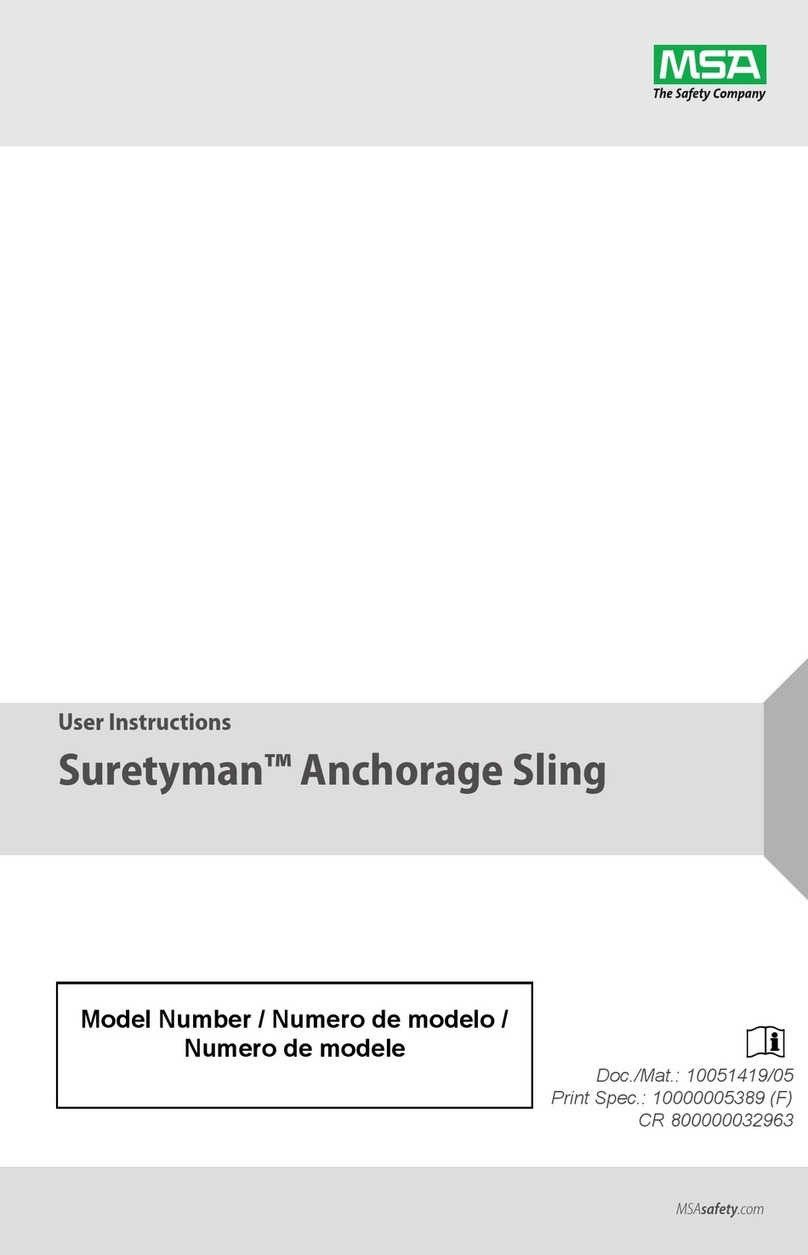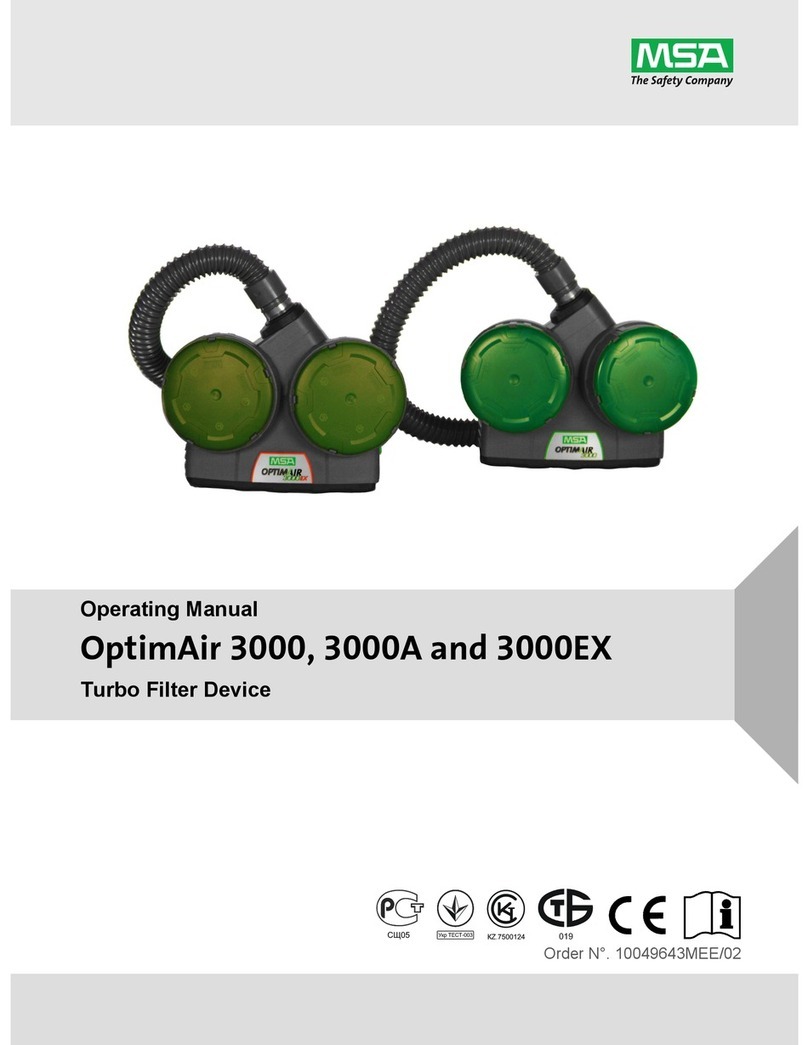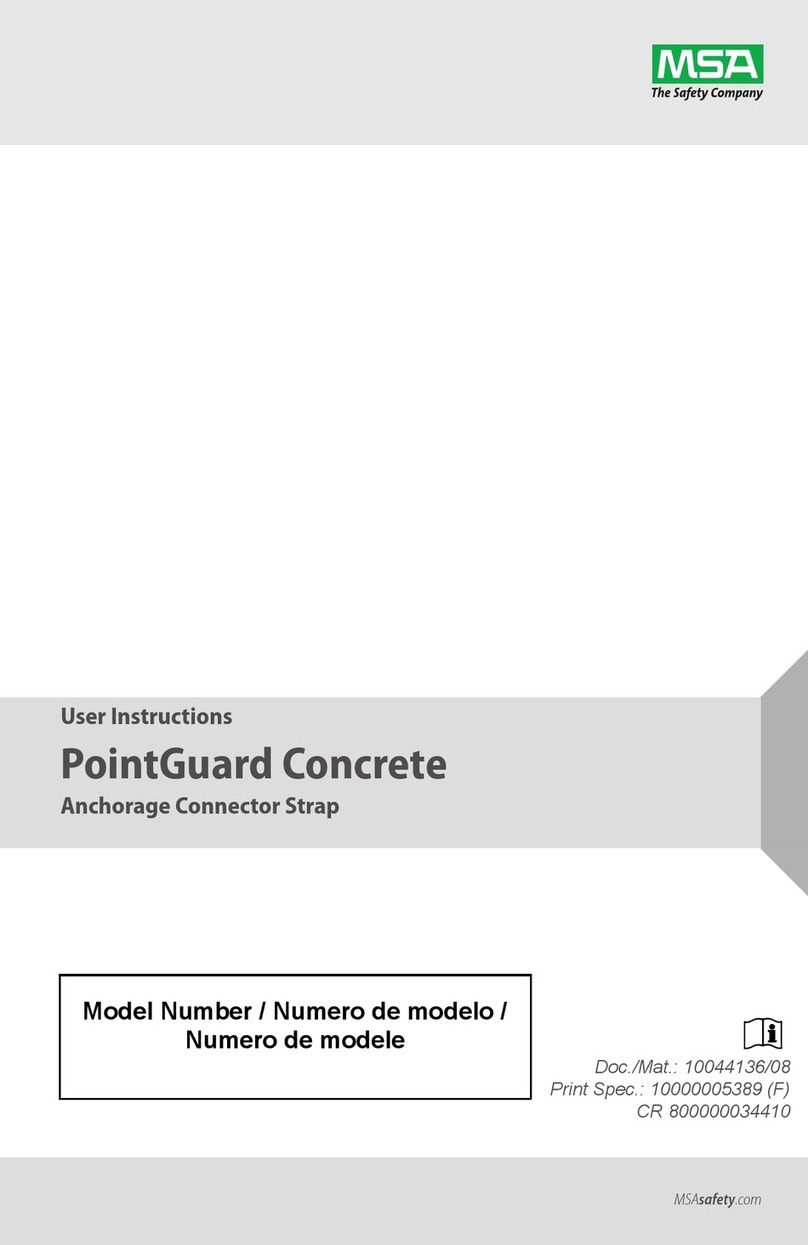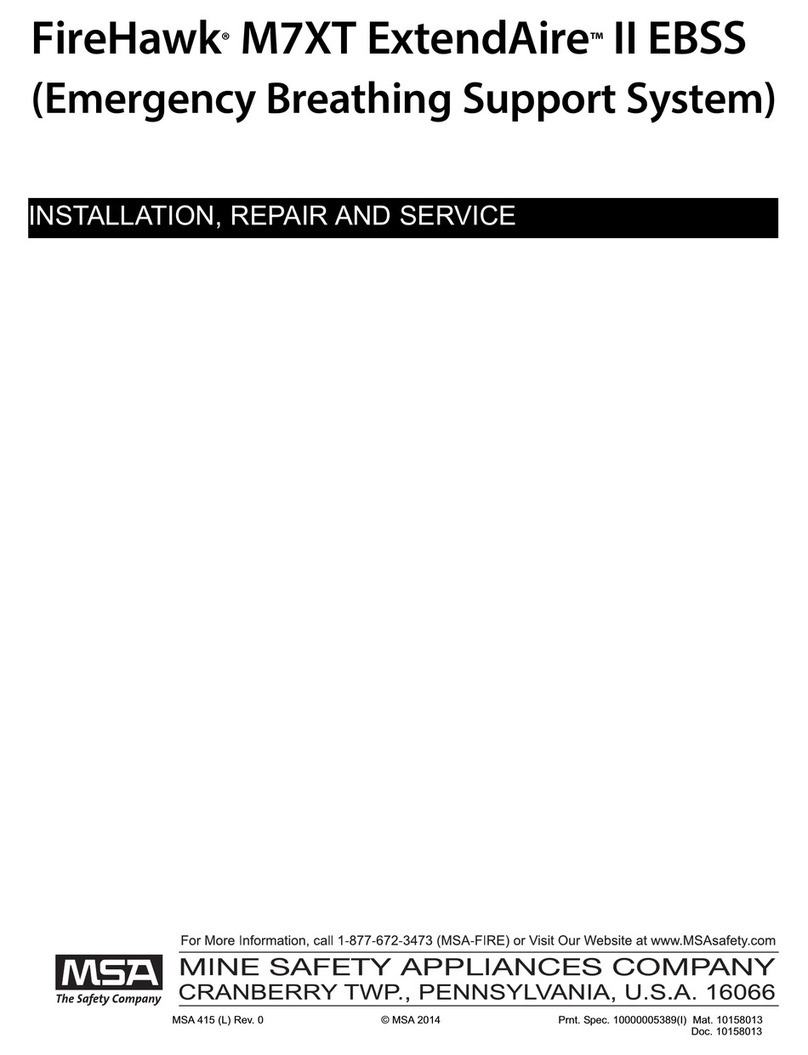
INTRODUCTION
For more information on the air mask use and perfor-
mance standards, please consult the following publica-
tions:
NFPA Standard 1500, Fire Department Occupational
Safety and Health Programs (Chapter 5) and NFPA 1981
Standard, on Open-Circuit SCBA’s for Fire Service. Above
publications are available from the following: National Fire
Protection Association, Batterymarch Park, Quincy, MA
22269.
ANSI Standard Z88.5, Practices for Respiratory Protection
for the Fire Service; and, ANSI Standard Z88.2, Practices
for Respiratory Protection. American National Standards
Institute, 1430 Broadway, New York, NY 10018.
OSHA Safety and Health Standards (29 CFR 1910) (see
specifically Part 1910. 134), available from the
Superintendent of Documents, U. S. Government Printing
Office, Washington, DC 20402. Compressed Gas
Association, Inc., 1725 Jefferson Davis Hwy., Suite 1004,
Arlington, VA 22202.
Note: The FireHawk M7 HUD, FireHawk M7 Control
Module, and FireHawk M7 Power Module have been test-
ed and found to comply with the limits for a Class B digi-
tal device, pursuant to Part 15 of the FCC Rules. These
limits are designed to provide reasonable protection
against harmful interference in a residential installation.
This equipment generates, uses, and can radiate radio
frequency and, if not installed in accordance with instruc-
tions, may cause harmful interference to radio communi-
cations. However, there is no guarantee that interference
will not occur in a particular installation. If this equipment
does cause interference to radio or television reception,
which can be determined by turning the equipment off
and on, the user is encouraged to try to correct the inter-
ference by one or more of the following measures:
Reorient or relocate the receiving antenna
Increase the separation between the equipment and
the receiver
Connect the equipment into an outlet on a circuit dif-
ferent from that to which the receiver is connected.
Consult the dealer or an experienced radio/TV techni-
cian for help.
The FireHawk M7 HUD, FireHawk M7 Control Module,
and FireHawk M7 Power Module ontain ele tri al
parts whi h have not been evaluated as an ignition
sour e in flammable or explosive atmospheres by
MSHA/NIOSH.
1. Read and follow all NIOSH and other approval limi-
tations.
2. DO NOT use the arrier and harness assembly as a
verti al raising or lowering devi e.
3. DO NOT use the air mask as an underwater devi e.
4. This system must be supplied with respirable
[Quality Verifi ation Level (Grade) D, see ANSI/CGA
G-7.1-1989] or higher quality air; and a dew point
not to ex eed -65°F (24ppm v/v) [Compressed Gas
Asso iation Spe ifi ation G-7.1 for Quality
Verifi ation Level (Grade) D Gaseous Air]. In fire
servi e appli ations, MSA re ommends breathing
air quality in a ordan e with NFPA 1989.
5. This devi e may not seal properly with your fa e if
you have a beard, gross sideburns or similar physi-
al hara teristi s (see NFPA-1500 and ANSI
Z88.2). An improper fa ial seal may allow ontami-
nants to leak into the fa epie e, redu ing or elimi-
nating respiratory prote tion. Do not use this
devi e if su h onditions exist. The fa e-to-fa e-
pie e seal must be tested before ea h use. Never
remove the fa epie e ex ept in a safe, non-haz-
ardous, non-toxi atmosphere.
6. Return to a safe atmosphere immediately if dis ol-
oration, razing, blistering, ra king, or other dete-
rioration of the fa epie e lens material is
observed.
7. Users must wear suitable prote tive lothing and
pre autions must be taken so that the air mask is
not exposed to atmospheres that may be harmful
to it.
8. Take into a ount the following fa tors whi h may
affe t the duration or the servi e life.
a. the degree of physi al a tivity of the user;
b. the physi al ondition of the user;
. the degree that the user’s breathing rate is
in reased by ex itement, fear, or other emotional
fa tors;
d. the degree of training or experien e whi h the
user has had with this or similar equipment;
e. whether or not the ylinder is fully harged;
f. the presen e in the ompressed air of arbon
dioxide on entrations greater than the .04%
level normally found in atmospheri air;
g. the atmospheri pressure; if used in a pressur-
ized tunnel or aisson at 2 atmospheres (15 psi
gauge) the duration will be one-half as long as
when used at 1 atmosphere; at 3 atmospheres
the duration will be one-third as long; the servi e
life of the air mask is based on 1 atmosphere of
pressure.
h. the ondition of the air mask.
Failure to follow this warning an result in serious per-
sonal injury or death.
3TAL 708 (L) Rev. 1 - 10082858
